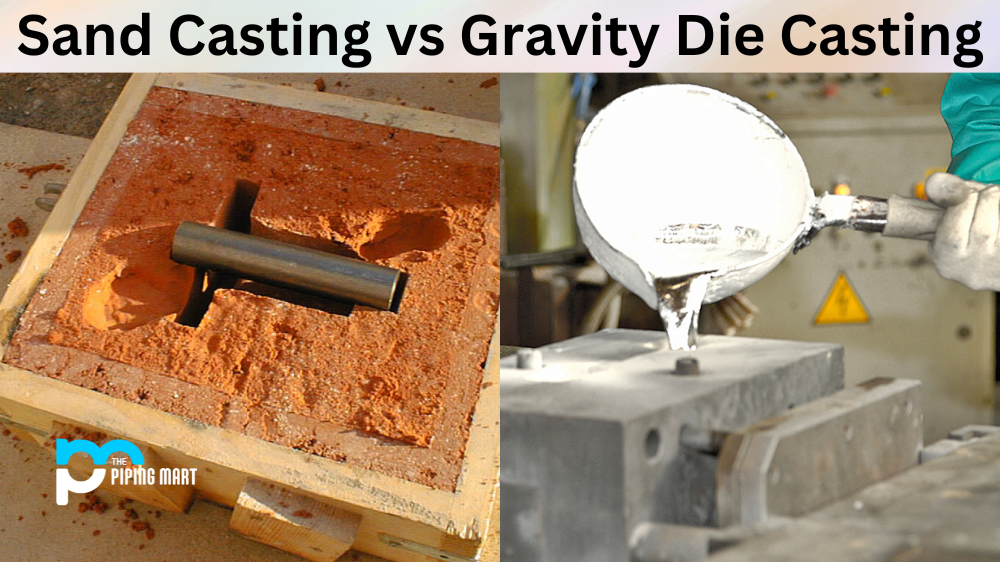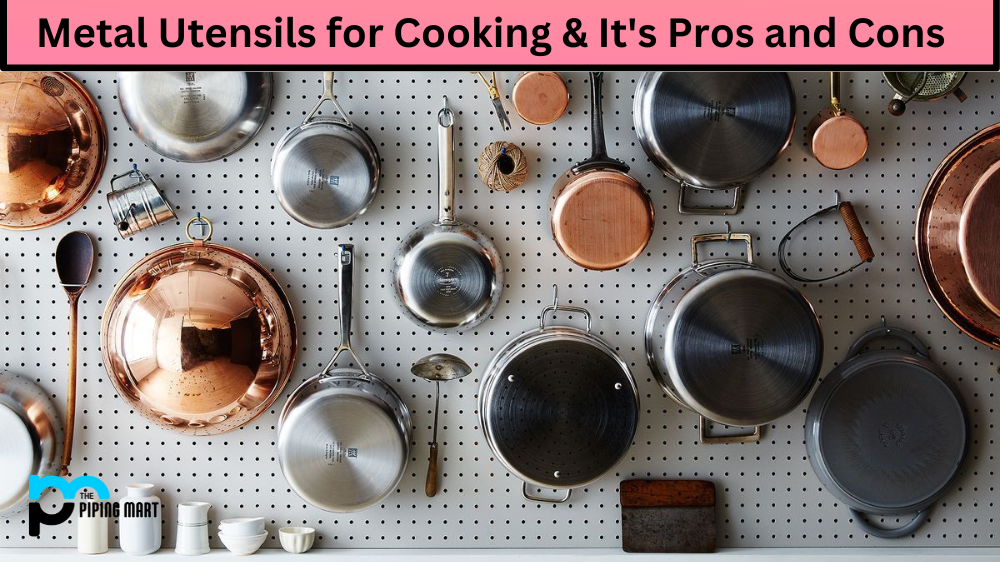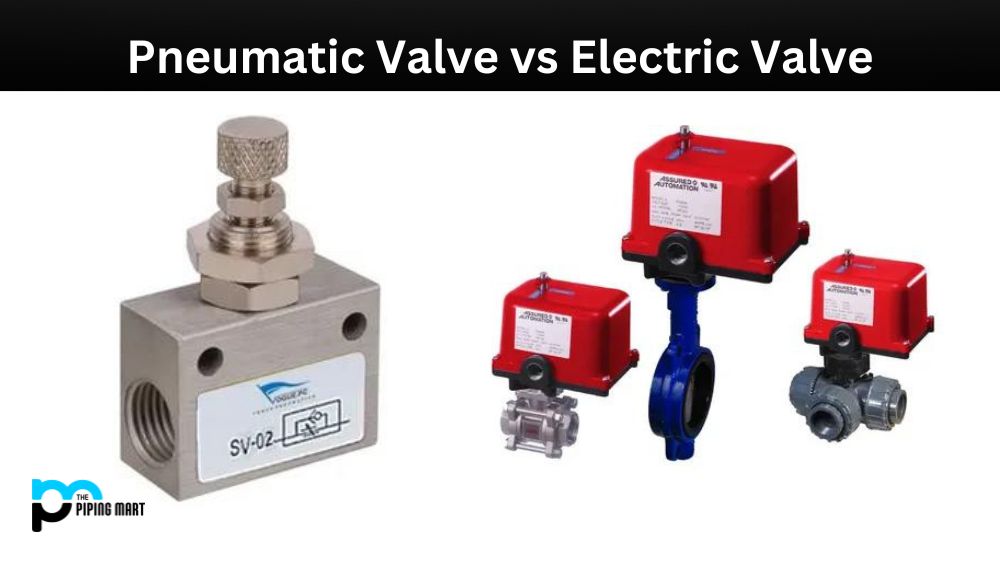If you’re looking for a reliable method of manufacturing parts, sand casting and gravity die casting can both provide durable and accurate results. While the two processes may appear similar at first glance, there are actually some important differences between them. Let’s explore the basics of sand casting and gravity die casting to learn how they compare.
Sand Casting
Sand casting is one of the oldest metal-forming processes that produce finished products with high accuracy and repeatability. It involves pouring molten metal into a mould cavity made from a reusable pattern in the sand. The mould is then left to cool; once cooled, the solidified metal part can be removed from the mould. Sand casting has been around for centuries and offers many advantages, such as its low cost, flexibility in design options, ability to produce complex shapes with minimal machining, and its adaptability to different metals and alloys.
However, it also has its drawbacks—namely, its slow production rate due to the need to make a new mould every time a part is needed; this process can take several days or weeks, depending on the complexity of the part. Additionally, because sand is not particularly strong or rigid, it requires additional support structures around it when used in more complex applications like aerospace engineering or automotive engine parts.
Gravity Die Casting
Gravity dies casting is another popular method of producing metal components that produce parts with excellent dimensional accuracy and surface finish qualities. This process involves pouring molten metal into an open-ended die cavity that has been preheated before being filled with a metal alloy. The force of gravity does most of the work here; as soon as enough metal enters the die cavity, it begins to cool down quickly due to contact with the cold surfaces of the die walls (hence why it’s called “gravity die casting”). This causes shrinkage within the metal component, which helps ensure accuracy during production. Additionally, since no manual intervention is required after filling up the cavity with metal alloy (as opposed to sand casting), gravity dies casting enjoys an extremely fast production rate compared to traditional methods like sand casting or investment casting.
Difference Between Sand Casting and Gravity Die Casting
Advantages of Sand Casting
One of the advantages of sand casting is that it is relatively inexpensive. Additionally, sand casting does not require as much precision as gravity die casting, making it ideal for larger products where accuracy is less important.
Advantages of Gravity Die Casting
One of the advantages of gravity die casting is that it produces products with a very smooth surface finish. Additionally, gravity dies casting is very precise, making it ideal for smaller products where accuracy is critical.
Disadvantages of Sand Casting
One of the disadvantages of sand casting is that it can be very messy and difficult to clean up afterwards. Additionally, sand castings are typically not as strong as those produced by other methods, such as gravity die casting.
Disadvantages of Gravity Die Casting
One of the disadvantages of gravity die casting is that it is relatively expensive. Additionally, gravity die-casting moulds can be very difficult to create, making them impractical for large-scale production.
Conclusion:
Sand Casting vs Gravity Die Casting – which should you choose? Your decision will depend on your unique needs – if you’re looking for high-quality parts at lower costs, then sand casting may be right for you, but if speed is more important than cost, then gravity die casting might be better suited for your project requirements. Ultimately though, each process has its own set of pros and cons that must be taken into consideration before making any final decisions about which method would work best for your project needs. At Metric Marketing, we offer both processes, so please do reach out if you have any questions – we’d love to help!

Abhishek is a seasoned blogger and industry expert, sharing his insights and knowledge on various topics. With his research, Abhishek offers valuable insights and tips for professionals and enthusiasts. Follow him for expert advice on the latest trends and developments in the metal industry.




